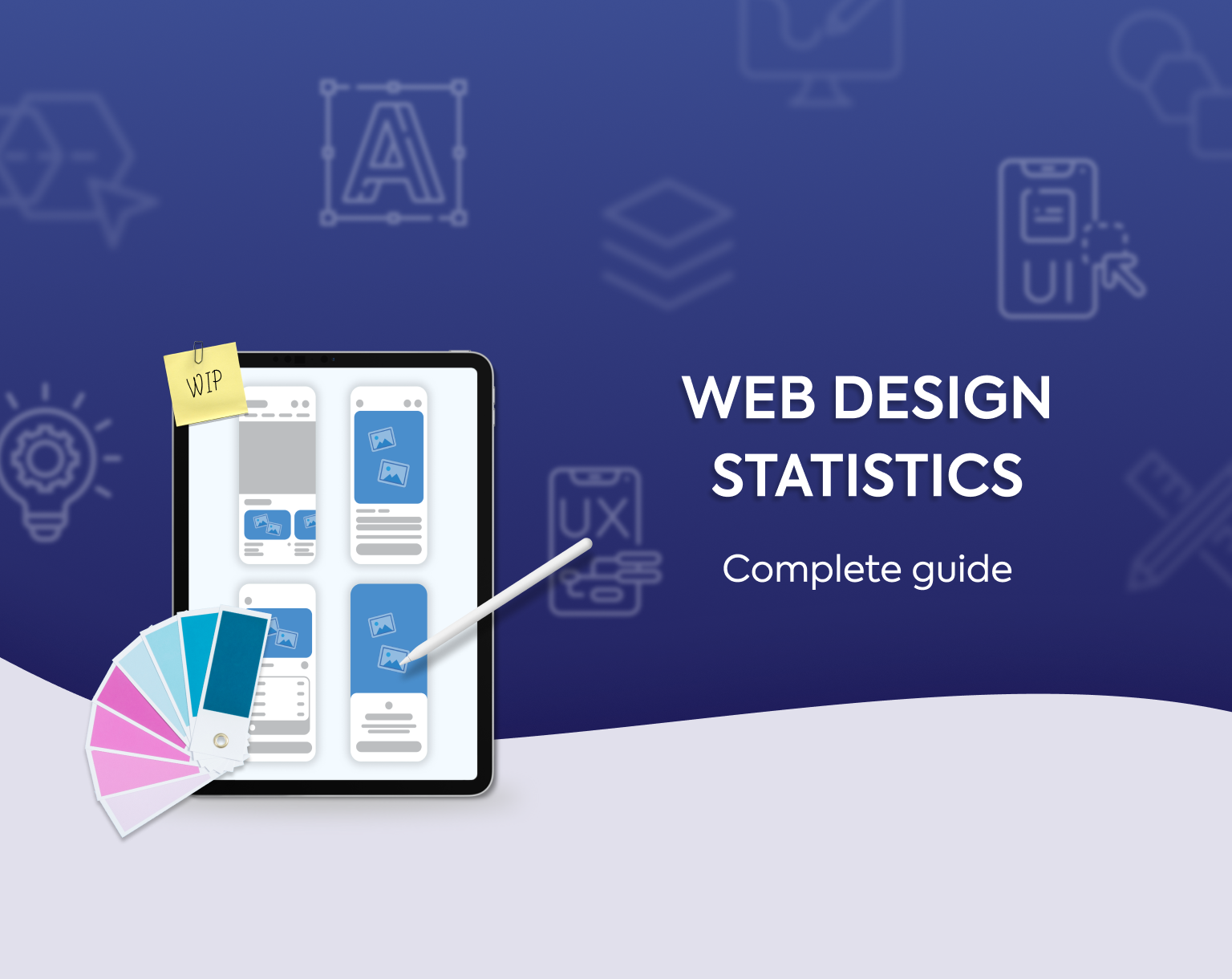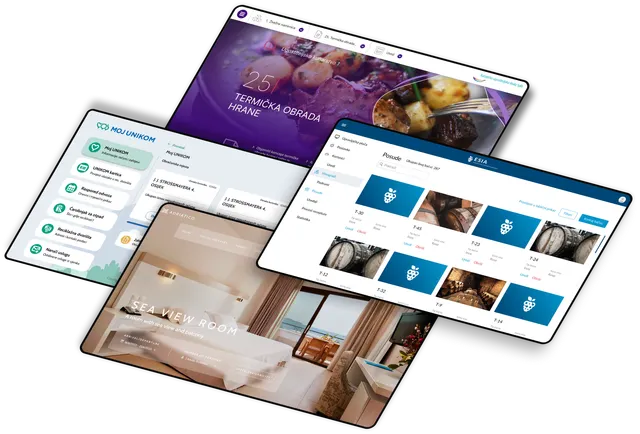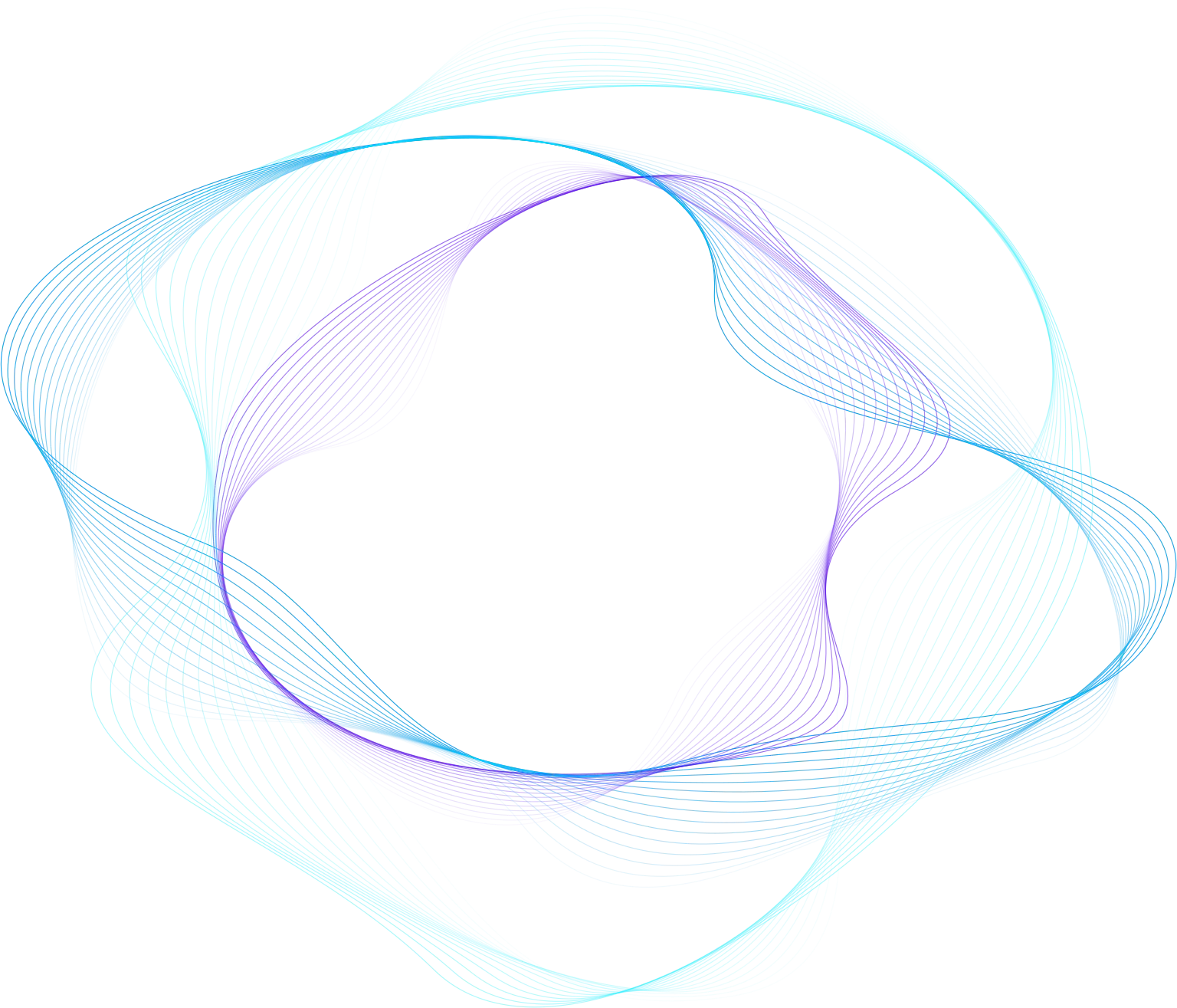
10 Best Web Design Companies for Small Businesses
Key Takeaways:Gauss delivers enterprise-quality websites ...

Author:
Tomislav Horvat

1. User Experience (UX) and User Interface (UI):
Critical for shaping user perceptions and interactions.
Effective design boosts user satisfaction, conversion rates, and business success.
Mobile optimization is essential, with 77% of searches on mobile devices.
90% of users leave poorly designed websites; responsive design adoption is at 90%.
2. Conversion Rates and Engagement:
Key factors include page load time, CTAs, and mobile-friendly design.
One second page load delay can cause a 7% loss in conversion.
Mobile-friendly sites see 40% higher conversion rates.
3. Speed and Performance:
Fast-loading pages reduce bounce rates and increase conversions.
50% of consumers expect a website to load in 3 seconds or less.
4. Visual and Design Elements:
Aesthetic appeal and usability are crucial for capturing attention.
94% of first impressions are related to design.
84.6% prefer a clean website design; colors and typography significantly impact engagement.
5. AI in Web Design:
AI tools enhance workflows, design elements, and user experiences.
36% of web designers use AI; 55% have company support for AI integration.
6. Industrijske Statistike:
Web design industry generated $42.2 billion in 2023.
US web design market size is $11 billion with a 2.6% CAGR.
Career growth in web development projected at 13% from 2020 to 2030.
User Experience (UX) and User Interface (UI) are pivotal in shaping user perceptions and interactions with websites.
Effective design and functionality enhances user satisfaction and significantly impacts conversion rates and overall business success.
Prioritizing mobile optimization and responsiveness is crucial, where user expectations and behaviors continually evolve.
Here are some of the most interesting statistics connected with UX and UI.
Visitors form opinions about a website in just 0.05 seconds.
Superior user experience can boost visit-to-lead conversion rates by over 400% compared to poor design.
38% of consumers focus on a website's layout or navigational links first.
Usability is rated as a key design feature by 60% of consumers for online shops.
84% of professional designers cite crowded design as a frequent mistake.
38.5% of web designers consider outdated design a primary reason for site abandonment.
53.8% of web designers list non-responsiveness as a leading reason for redesigns.
31% of consumers value an engaging user experience highly.
90% of users will leave a poorly designed website.
42% of people abandon a website due to poor functionality.
75% of consumers base a brand's credibility on its website design.
88% of web users are unlikely to revisit a site after a bad user experience.
77% of searches are conducted on mobile devices.
78% of local searches lead to direct purchases.
70% of small business websites lack a call to action on the homepage.
90% of shoppers will switch to competitors following a poor user experience.
75% of users are more inclined to revisit mobile-friendly sites.
72% of people favor mobile-friendly navigation.
86% of users seek product and service information on websites.
45% of users have negative experiences with non-mobile optimized sites.
60% of consumers say mobile-friendly design influences their purchasing decisions.
84% of users prefer mobile websites over those designed for desktops.
57% of users are less likely to recommend poorly designed mobile sites.
Non-mobile optimized sites face a 60% bounce rate.
Testing with five users can solve 85% of UX problems.
85% of customers believe a company's mobile site should be as good as or better than its desktop version.
Better mobile UX design can bring back over 70% of users.
90% of websites have adopted responsive design.
Non-responsive design causes slow loading times.
62% of top-ranking websites are optimized for mobile.
Smooth UI can enhance CTR by up to 200% and UX design by up to 400%.
60% of consumers consider usability a critical design characteristic for online shops.
Investing in user experience and responsive design can yield a 9,900% ROI.
Businesses lose 35% of revenue due to poor user experience.
Slow task completion drives away 79% of users.
Websites with responsive design see 11% higher conversion rates.
Mobile users interact 15% more with responsive platforms.
Google prioritizes websites that are responsive and mobile-friendly.
62% of top-ranking websites are optimized for mobile.
Good UX design can offer a 100% ROI.
70% of mobile website visitors are annoyed by irrelevant pop-ups.
Only 50% of mobile websites fully accommodate users with disabilities.
Optimizing conversion rates and user engagement can make or break the success of any website.
Key factors such as page load time, effective calls to action (CTAs), and mobile-friendly designs play crucial roles in influencing user behavior and decision-making.
Enhancing visual appeal and utilizing interactive elements can significantly boost user interaction and conversion rates.
These concepts have been proven with the following statistical data.
80.8% of people start a website redesign due to low conversion rates.
A one second delay in page load time can cause a 7% loss in conversion.
70% of small businesses with a website do not include a call to action.
Custom CTAs convert 42% more users than generic ones.
CTAs designed as buttons receive 45% more clicks.
Mobile-friendly websites experience 40% higher conversion rates.
Video backgrounds can increase conversion rates by 138%.
Red buy buttons can enhance sales and conversions by up to 34%.
E-commerce sites with load times under one second see 2.5x higher conversion rates.
The first 5 seconds of page-load time have the greatest impact on conversion rates.
70% of shoppers say that slow page speeds affect their purchasing decisions.
59% of visitors prefer browsing visually appealing websites.
88% of users have engaged in at least one conversation with a website’s chatbot.
Fast-loading pages enhance user experience, reduce bounce rates, and increase conversion rates, directly impacting a business's bottom line.
Optimal website speed is very important if you want to meet user expectations and maintain competitive advantage in the digital marketplace.
50% of all consumers expect a website to load in 3 seconds or less.
40% of website visitors will click off a site if it takes more than 3 seconds to load.
For ecommerce websites, consumers expect pages to load in 2 seconds.
47% of users expect an average website to load in no more than 2 seconds.
Slow image loading causes 39% of users to lose interest.
Websites that take over two seconds to load risk losing 60% of visitors.
A one-second delay can result in 7% fewer conversions.
Retailers lose $2.6 billion annually because of slow websites.
The average page speed for the first 10 Google results is 1.65 seconds.
The aesthetic appeal, color schemes, typography, and overall layout are important factors in capturing and retaining user attention.
Effective visual design enhances readability and comprehension.
It also significantly impacts brand perception and user engagement.
Prioritizing a clean, organized, and visually appealing design can lead to better user experiences and increased website effectiveness.
It takes 50 milliseconds (0.05 seconds) for users to decide if they like a website.
94% of first impressions are related to your site’s web design.
38.5% of users judge a business by its website's appearance at first glance.
Users spend an average of 5.94 seconds looking at a website’s main image.
Users spend an average of 5.59 seconds reading a website’s written content.
Website users read only up to 28% of the words on a web page during an average visit.
40% of people value photos most on a website, followed by 39% who value color scheme, and 21% who value video.
38% of users look at the layout and navigational links on their first visit.
84.6% prefer a clean website design.
84.6% of web designers believe the biggest mistake small businesses make is having a crowded web design.
88.5% of designers use Photoshop to support website design.
88.5% of people use flat design for their website as it is more streamlined and proficient.
Colors on a website can increase readership by 40% and the overall comprehension by 73%.
61.5% of designers say expressive typography is the most popular trend.
50% of website users believe a company’s website design is crucial to their brand.
26% of consumers prefer primary color schemes, 21% prefer complementary, and 20% prefer analogous.
22% of consumers look for eye-catching colors; 21% leave due to "outlandish" colors.
57% of successful websites use blue as a primary color.
36% of users click the logo to reach the homepage.
Only 18% of users notice a company’s font style on their first visit.
Only 8% of consumers notice the whitespace on a website.
A growing number of web designers and developers are integrating AI tools to streamline their workflows, generate unique design elements, and improve user experiences.
Support for AI adoption is strong, with many companies backing its integration to stay competitive.
Nearly 36% of web designers incorporate AI tools in their work.
55% of designers have company support for AI integration in web design.
32.8% of web developers leverage AI to boost productivity.
25.1% of web developers report enhanced efficiency thanks to AI.
58% of web designers utilize AI for creating unique imagery and media assets.
49% of designers use AI to develop new design strategies or elements.
43% of designers rely on AI for design improvements.
40% of web designers track design performance and quality with AI.
20% of web designers use AI for auditing user experience.
The web design industry is thriving, contributing significantly to the global economy.
With steady growth and increasing demand for skilled professionals, the industry offers numerous opportunities for career development and business expansion.
Market projections indicate robust future growth, driven by advancements in technology and the rising importance of online presence for businesses worldwide.
The Web Design Industry generated $42.2 billion in 2023.
The US Web Design Services industry market size is $11 billion.
The web design industry in the US experienced a 2.6% CAGR between 2018 and 2023.
The industry saw a 4% revenue increase towards the end of this period.
Web designers with a bachelor’s degree earn an average annual salary of $70,303.
By 2032, the number of website designers is projected to surpass 228,000 in the US.
The career path of web developers and designers is expected to grow by 13% from 2020 to 2030.
The Global Website Builder Software Market was $2.3 billion in 2022, and it’s anticipated to reach $4.2 billion by 2030.
The e-commerce web market is projected to grow from $3.3 trillion to $5.4 trillion by 2026.
61.5% of agencies cite features and functionality as major cost factors.
80.7% of projects are completed in about a month.
Siteefy, Kommandotech, Clutch, Statista, S3 AmazonAWS, Google Developers, IBISWorld, Sweor, GO-Globe, Innoraft, Search Engine Watch and Unbounce.

